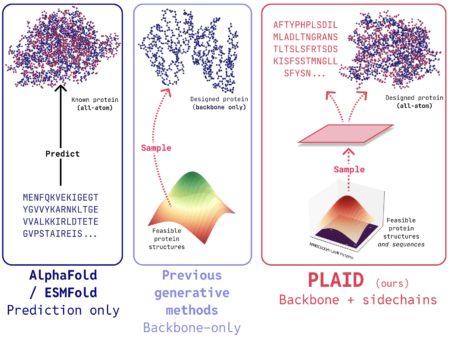
MITRE has officially unveiled its highly anticipated D3FEND CAD tool as part of the D3FEND 1.0 release. This new Cyber Attack-Defense (CAD) tool is designed to transform how security professionals model, analyze, and respond to cybersecurity threats by offering a structured, knowledge-based approach to cybersecurity scenario creation.
Traditionally, cybersecurity scenarios were often represented using unstructured diagrams in software like PowerPoint or Visio. However, MITRE’s D3FEND CAD tool provides a structured framework for knowledge representation, allowing security teams to build more comprehensive and actionable scenarios.
D3FEND CAD: Knowledge-Based Approach to Cybersecurity
The tool leverages the D3FEND ontology, a semantically rigorous knowledge graph that maps out the relationships between various cybersecurity countermeasures. This knowledge graph, a key feature of Cyber Attack-Defense (CAD), is a detailed and structured repository of cybersecurity knowledge, helping security practitioners not only understand individual threats but also the broader landscape of attack and defense interactions.
“When knowledge is structured, you can more easily analyze it to garner new insights, spot trends, and make informed decisions,” said the D3FEND development team. The tool allows users to create D3FEND Graphs, which are graphs that conform to the D3FEND ontology. These graphs represent discrete activities, objects, and conditions, along with their necessary relationships, enabling more efficient threat analysis and modeling.
Technical Features and Functionality
The tool is a browser-based application that offers an intuitive user interface for building detailed cybersecurity scenarios. Users can drag and drop various types of nodes onto a digital canvas, each representing key elements of cybersecurity defenses and attacks. Some of the main node types include:
- Attack Nodes: These are linked to specific MITRE ATT&CK techniques, offering detailed insights into common cyberattack methods.
- Countermeasure Nodes: These represent defensive techniques from the D3FEND knowledge base, enabling users to model effective countermeasures for specific threats.
- Digital Artifact Nodes: These represent elements from D3FEND’s artifact ontology, which include the tools and resources involved in attack and defense scenarios.
Designed for Multiple Cybersecurity Roles
MITRE’s tool is tailored to meet the needs of a wide range of cybersecurity professionals. From threat intelligence analysis to detailed detection engineering, the tool supports numerous roles in cybersecurity, including:
- Threat Intelligence Analysis and Visualization: Helping teams visualize and analyze potential threats and attack patterns.
- Threat Modeling and Security Systems Engineering: Enabling teams to model potential attacks and defenses in a structured and interactive environment.
- Detection Engineering Scenarios: Allowing teams to design and simulate detection mechanisms.
- Incident Investigation and Event Sequencing: Helping security teams trace events and actions during a cybersecurity incident.
- Security Risk Assessment and Framework Implementation: Facilitating risk assessments and the implementation of security frameworks based on real-world data.
Conclusion
The tool fosters enhanced collaboration among cybersecurity teams by supporting various export formats like JSON, TTL, and PNG, allowing users to easily share and develop new threat models. It also enables integration with STIX 2.1 JSON documents to enhance threat intelligence analysis.
Developed through collaboration with MITRE, the National Security Agency (NSA), and other defense agencies, the tool provides a standardized framework for cybersecurity operations. This innovative approach allows organizations to more effectively model and respond to cyber threats, making the tool an essential resource for strengthening defense mechanisms across the cybersecurity landscape.
Source: Read More


